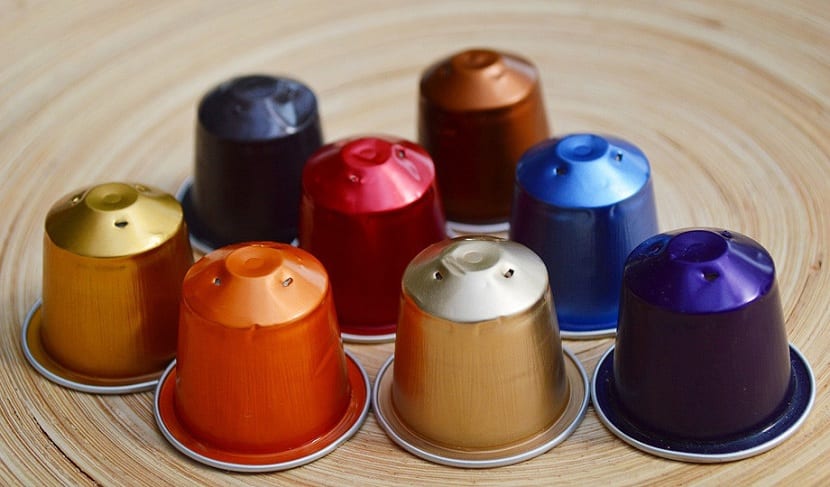
In today's society we produce an infinite amount of waste at the end of the day. Not only in quantity, but in variety. Accustomed to waste and common recycling, such as plastics, packaging, paper and cardboard, glass and organic, we do not perceive that there are many other types of waste and that something has to be done with them.
In this case, we are going to talk about coffee capsule residue. Contrary to what one might think, the coffee capsules should not be poured into the yellow container, but there are mechanisms developed by companies to collect and treat this type of waste. Do you want to know what is done with coffee capsules?
Coffee residues

Coffee capsules are not considered packaging according to the Packaging and Waste Law. This is because the capsule is indivisible from the product they contain. For this reason, it does not enter into the packaging recycling chain such as bottles, cans or bricks that are deposited in the yellow container, but has to be done in other ways.
To treat this waste, companies such as Nespresso and Dolce Gusto have implemented programs to treat this waste and recycle it. Clean points to recycle coffee capsules have been installed since February 2011 in Barcelona. Throughout Spain, there are distributed around 150 collection points for Dolce Gusto and 770 for Nespresso. The companies claim that they are able to recycle 75% of the capsules they sell, but they fail to confirm the volume that customers actually return to the containers.
Recyclable materials

This measure is a good idea, but the ignorance that capsules have their own recycling point is almost general. After a study carried out by the Organization of Consumers of Spain (OCU), it was learned that only 18% of customers who buy these capsules recycle them in their corresponding points. However, 73% acknowledged that they threw them away.
Companies separate plastic materials or aluminum, respectively, from coffee. The former are recycled in plants specialized in these materials. Plastic is used, for example, for the manufacture of urban furniture such as benches or wastebaskets. Coffee is also recycled as compost for plants.
Therefore, it is necessary to extend this knowledge to more people so that these materials can be used.